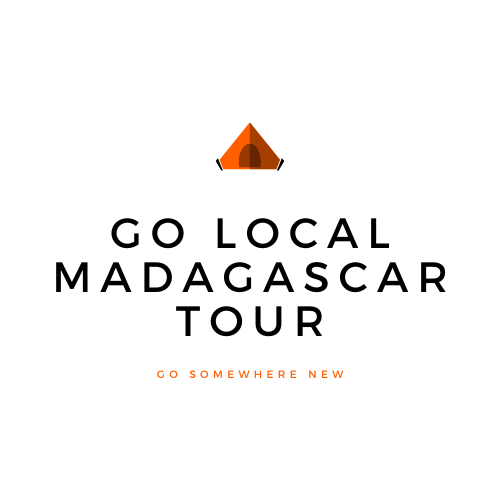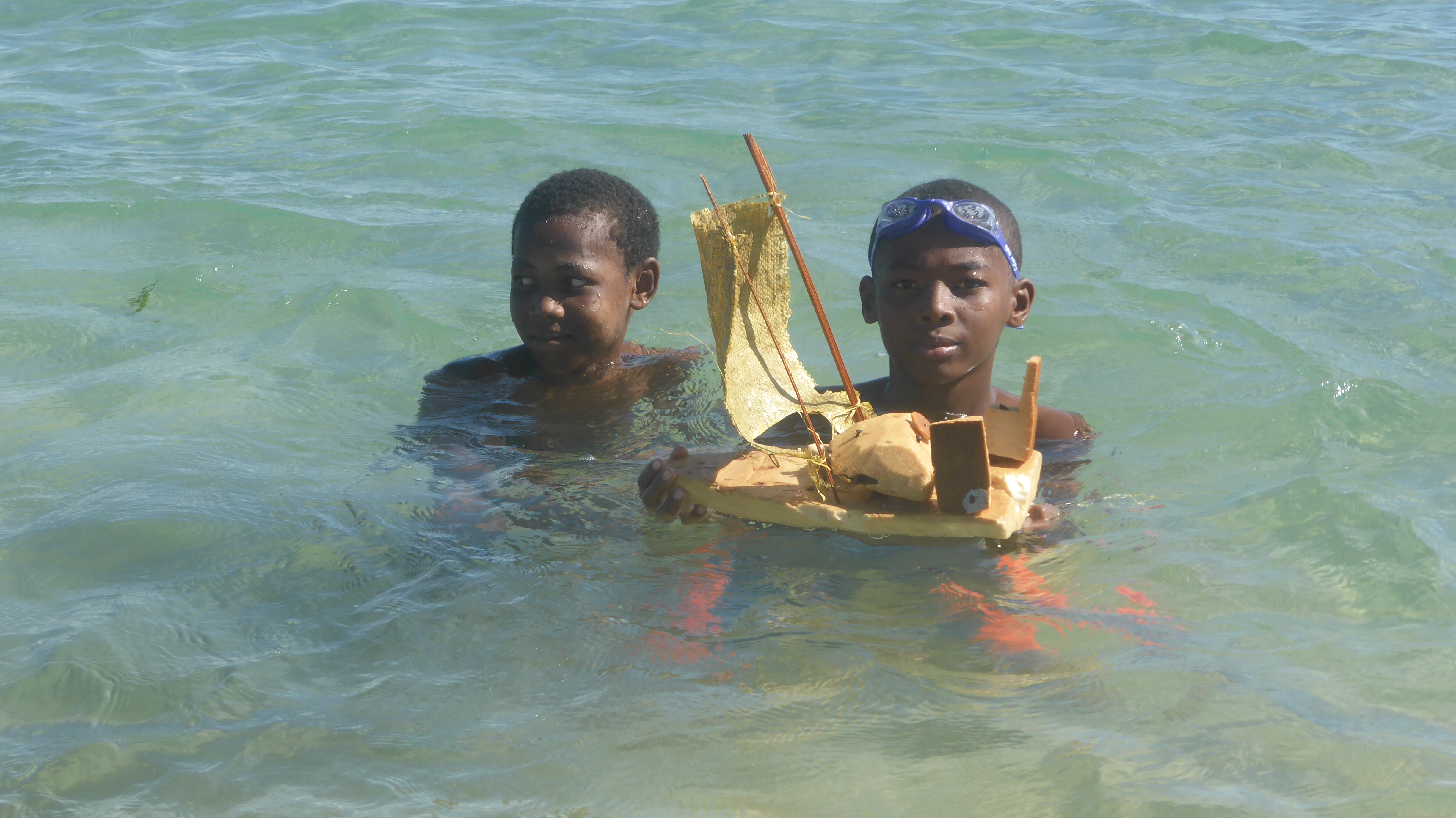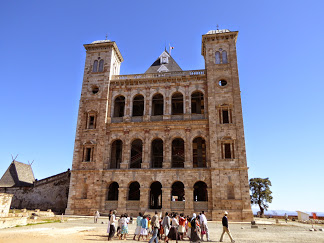
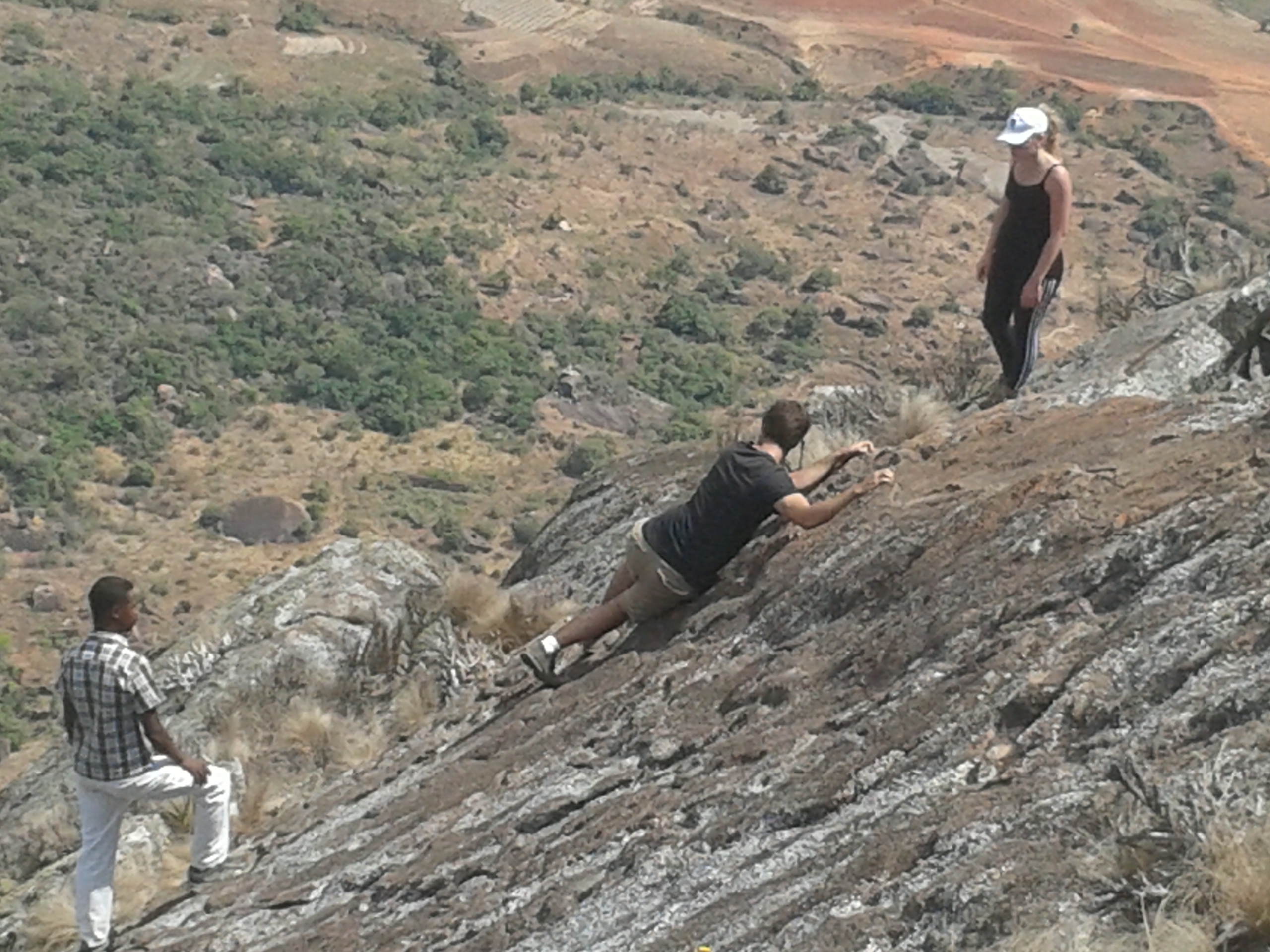
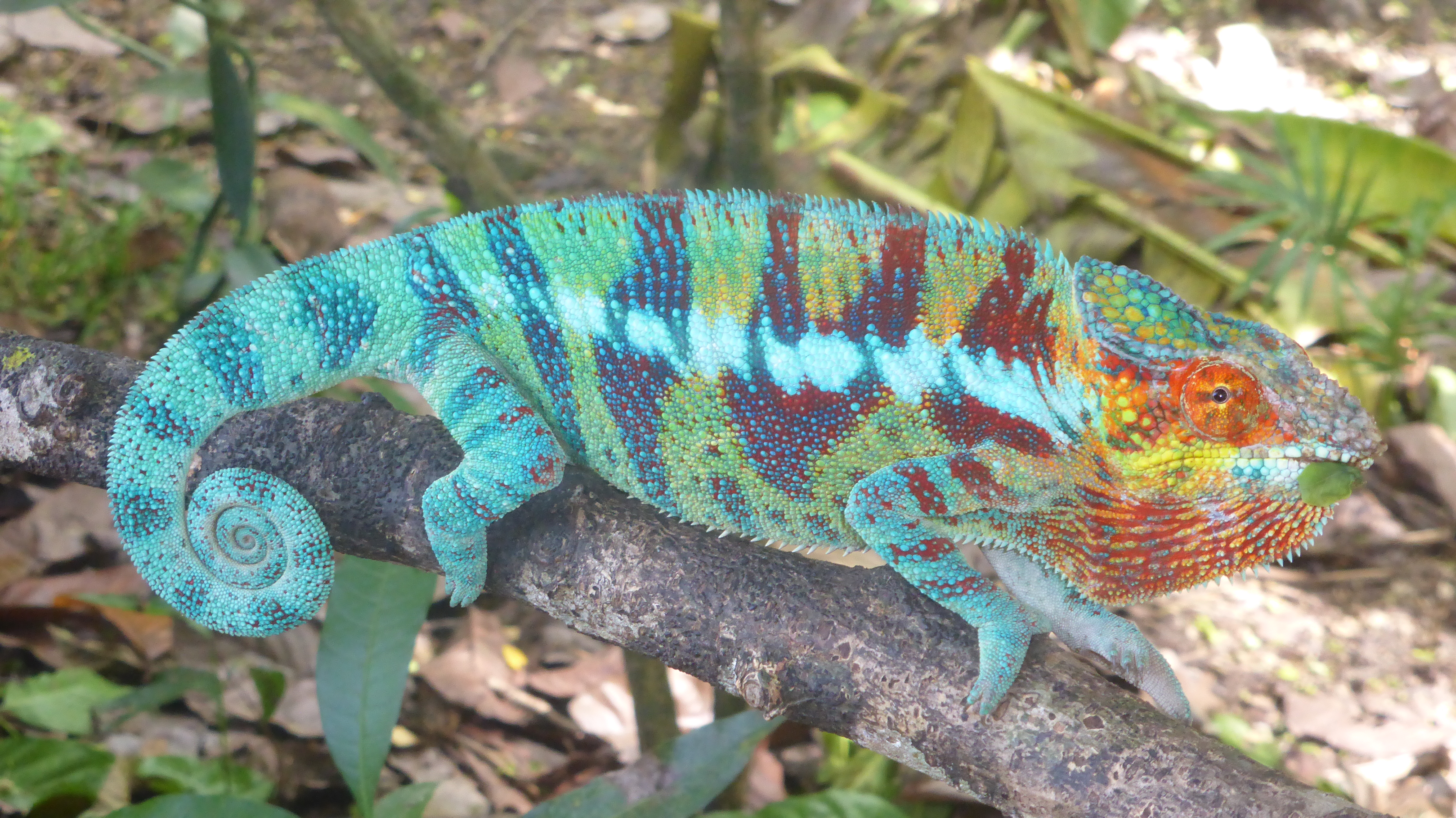
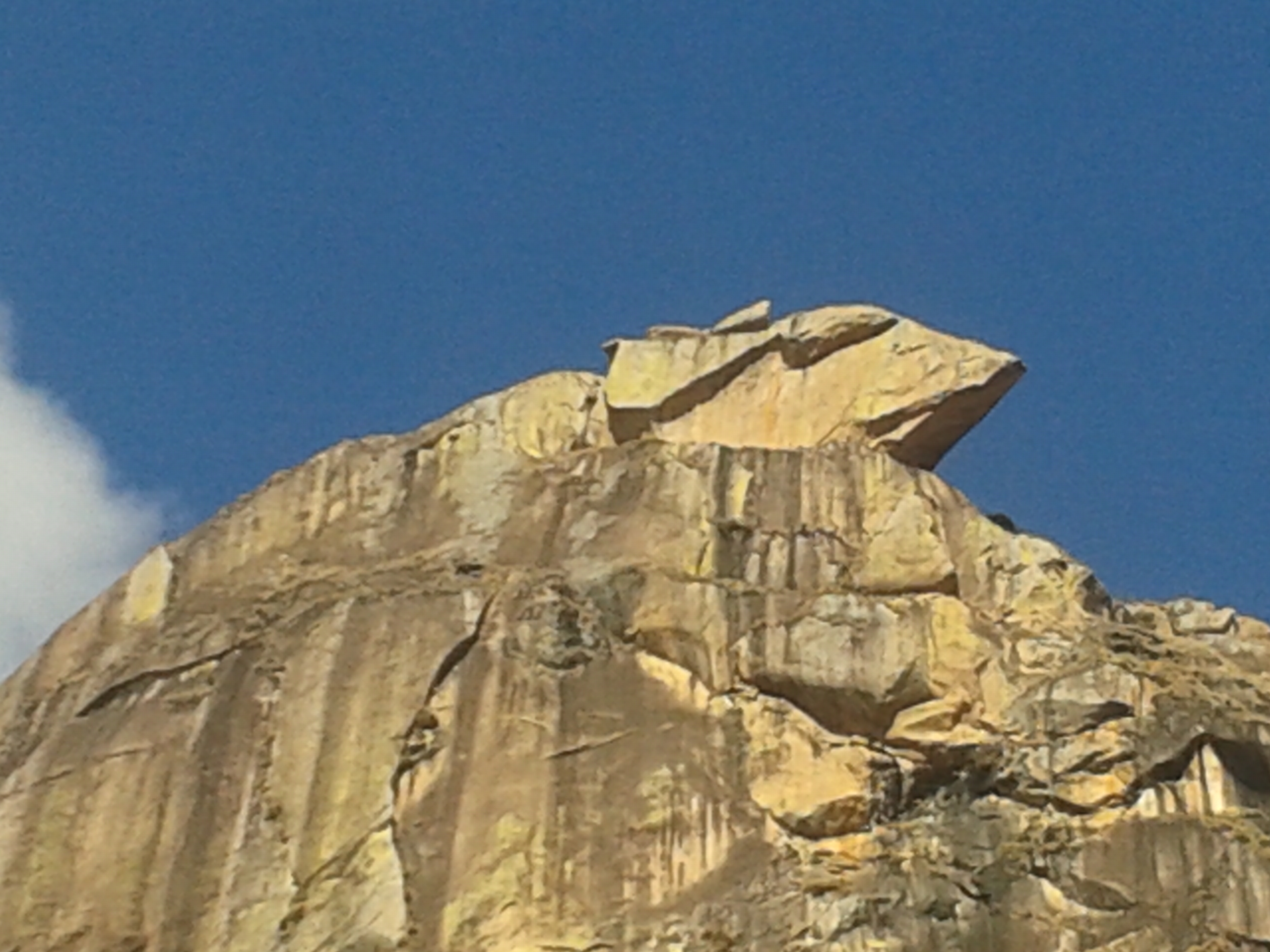
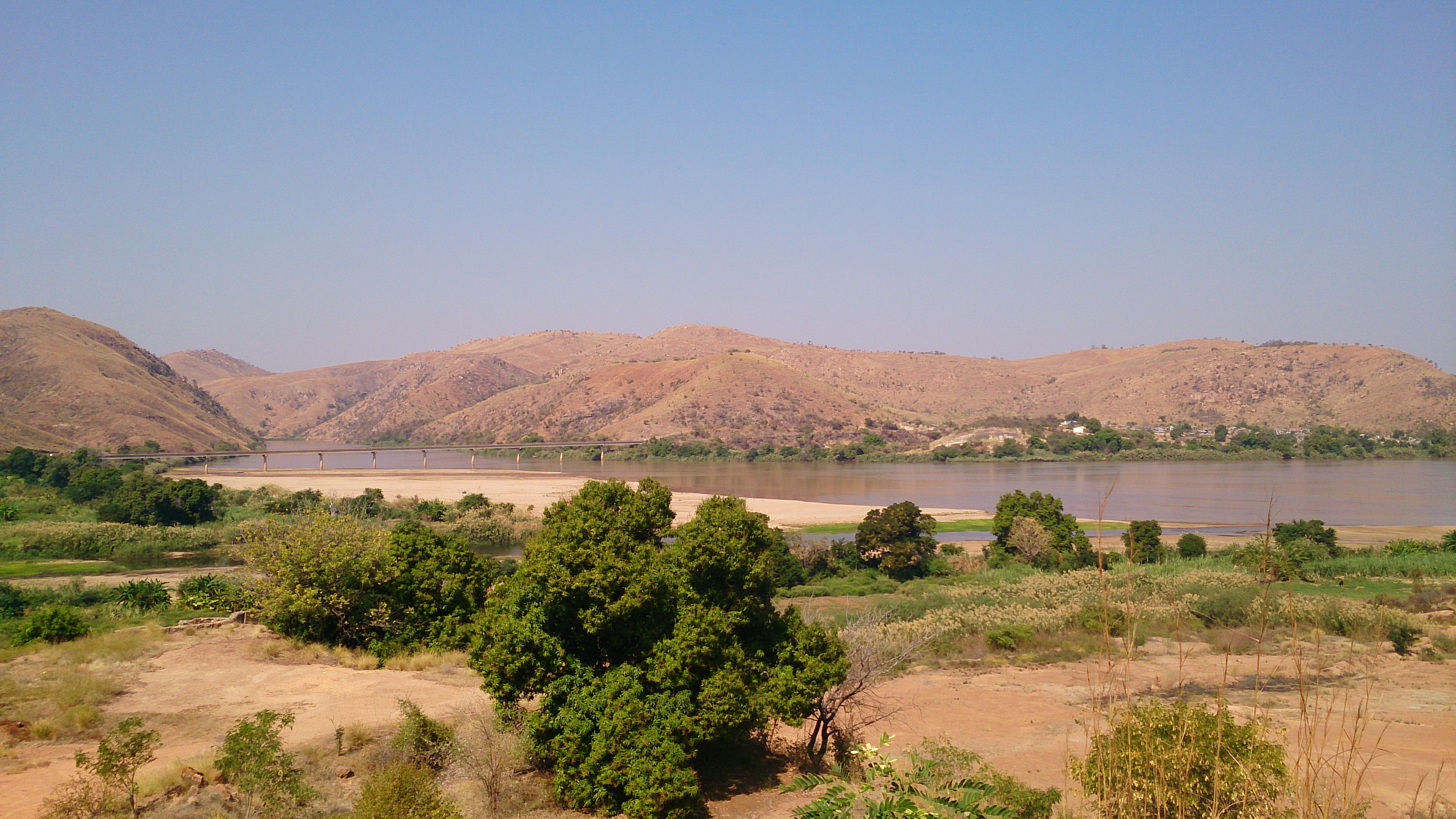
TRAVEL TIPS FOR MADAGASCAR
Madagascar is a unique and diverse destination with much to offer, but travelers should be aware of a few key points to make the most of their visit:
1. Geography and Climate:
Diverse Landscapes: Madagascar is the world’s fourth-largest island, with varied landscapes including rainforests, deserts, mountains, and unique geological formations like the Tsingy.
Climate: The island has a tropical climate, but it varies by region. The rainy season runs from November to April, with cyclones possible from January to March. The dry season is from May to October, which is the best time to visit.
2. Biodiversity:
Unique Wildlife: Madagascar is famous for its unique biodiversity. Over 80% of its flora and fauna are endemic, including lemurs, chameleons, and the baobab trees. National parks like Andasibe-Mantadia, Ranomafana, and Isalo are great places to experience this wildlife.
3. Culture and Language:
Cultural Diversity: Madagascar has 18 major ethnic groups, each with its own traditions and customs. The Merina and Betsileo people dominate the highlands, while the coastal regions are home to groups like the Sakalava and Betsimisaraka.
Languages: Malagasy is the national language, but French is also widely spoken. English is less common but spoken in tourist areas.
4. Travel and Transportation:
Road Conditions: Many roads are poorly maintained, especially outside major cities. Travel can be slow, and hiring a 4x4 with a driver is recommended for long journeys or remote areas.
Public Transport: Buses, known as "taxi-brousse," are the most common form of public transport, but they can be crowded and uncomfortable.
Domestic Flights: For longer distances, domestic flights are available, but they can be expensive and sometimes unreliable.
5. Health and Safety:
Vaccinations: Travelers should be up to date on routine vaccines and consider vaccinations for hepatitis A, typhoid, and rabies. Malaria is present, so prophylaxis is recommended.
Health Facilities: Healthcare facilities are limited outside major cities, so it’s important to have travel insurance that covers medical evacuation.
Safety: Petty crime is a concern in urban areas, so travelers should be cautious with their belongings. Some remote areas can be affected by political instability, so it’s wise to check travel advisories.
6. Money and Costs:
Currency: The local currency is the Malagasy Ariary (MGA). Credit cards are not widely accepted outside of major hotels and restaurants, so it’s important to carry cash.
Costs: Madagascar is generally affordable, but costs can vary depending on the region and type of accommodation. National park entrance fees, guided tours, and transportation can add up.
7. Food and Drink:
Cuisine: Malagasy cuisine is a mix of African, Asian, and European influences. Rice is the staple, often served with meat, seafood, or vegetables. Local dishes like "romazava" (a meat stew) and "ravitoto" (cassava leaves with pork) are worth trying.
Water: Tap water is not safe to drink, so bottled or boiled water is recommended.
8. Cultural Etiquette:
Respect for Customs: Malagasy people are generally conservative and place a high value on respect and politeness. Greetings are important, and it's customary to shake hands.
Fady: These are traditional taboos or restrictions specific to certain regions or ethnic groups. Visitors should be aware of local fady and respect them.
9. Visa Requirements:
Tourist Visa: Most travelers require a visa to enter Madagascar. Tourist visas can often be obtained on arrival or in advance from a Malagasy embassy or consulate.
